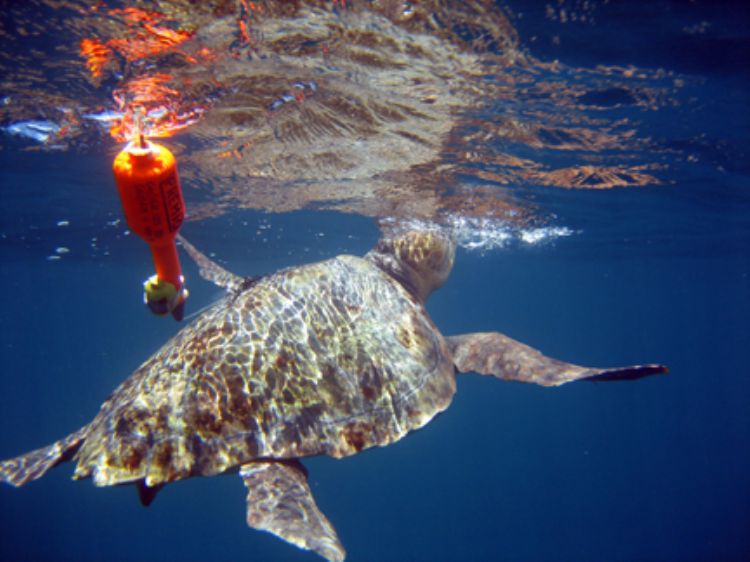
One of the most serious environmental problems Mexico fac...

It is well known that the arrival of Spanish conquistadors transformed Mexican society, by then a mixture of native ethnic groups, but it is also true that some aspects from the original ancestors still survive among modern Mexicans. For instance, the "Ulama Game", a local version of the ancient Mesoamerican "Ball Game", is practiced nowadays in rural Sinaloa, and indeed it still requires amazing skills and physical prowess. On the other hand, the dances of "La Pascola" and "El Venado", the latter one shared with the neighboring and culturally close state of Sonora, also have indigenous origins. Some words, names for rivers and even common expressions, mostly belong to the Cahita dialect and culture. Not to mention gastronomy, an art in itself based strongly on native traditions and ingredients, which has allowed Mexican cuisine to be highly regarded around the world.
Particularly, the Sinaloa cuisine stands out for its stews, the most famous of which are made of zucchini, lamb, shrimp skin, and a dish made with ground dried meat and fried with egg and onion known as machaca. Other local dishes include small tacos with milk and cheese covered with a dry pepper sauce; and the platter which has made the state famous, the Chilorio, delicious finely shredded meat marinated with a richly seasoned sauce. Before the ban to capture the dogger-head turtle locally known as caguama, some delicious soups were prepared, as well as fin tacos, nowadays replaced by the manta ray, in order to preserve gastronomic traditions.

One of the most serious environmental problems Mexico fac...

The figure of Antonio Lopez de Santa Anna has been very c...
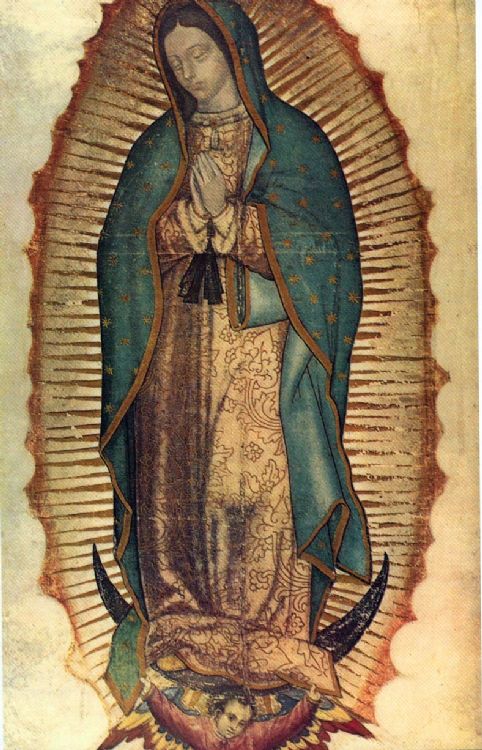
Mexico is an officially secular country where the Church ...

Mexican visual arts have been very fortunate and prolific...

With most of its inhabitants having unmet needs, it is no...

As is known to all, on September 15 is celebrated in Mexi...
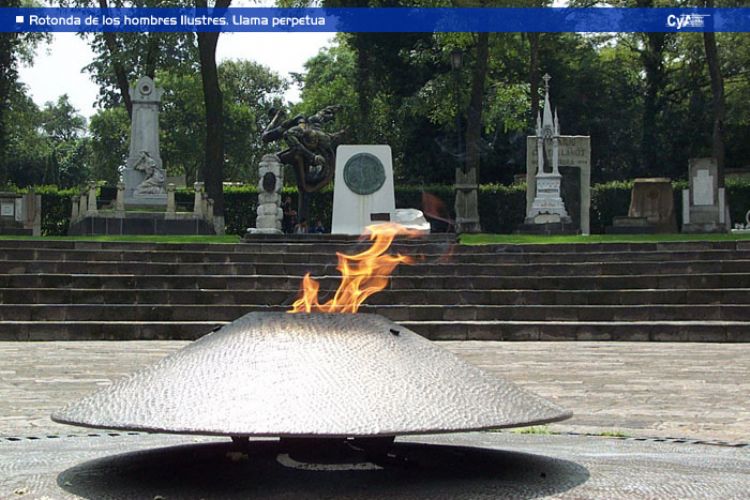
The Rotonda de las Personas Ilustres (Roundabout of Disti...
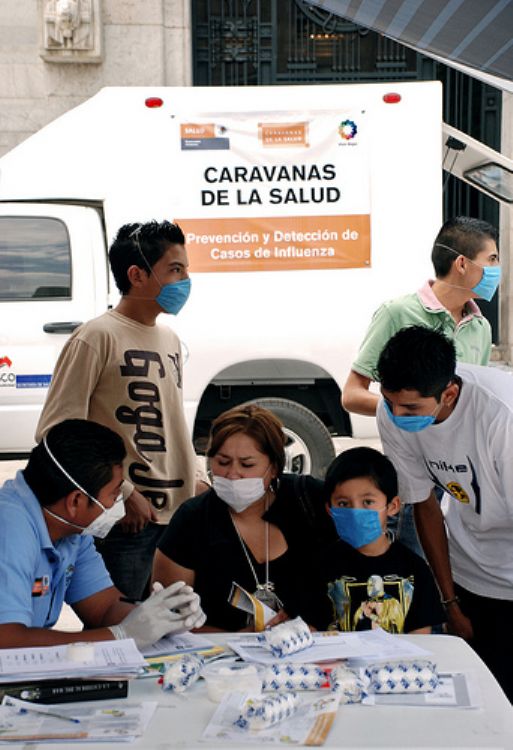
The 2009 outbreak of Influenza A subtype H1N1 is a new ty...
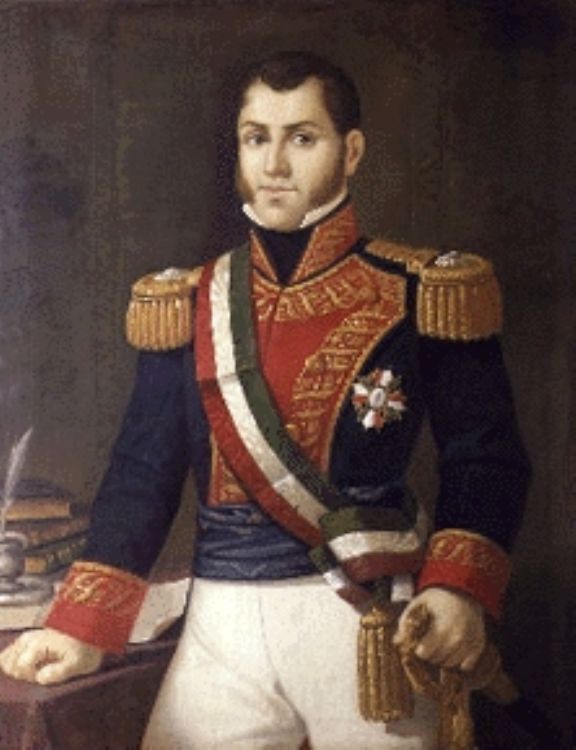
After Mexicoâs Independence, the country was in a const...